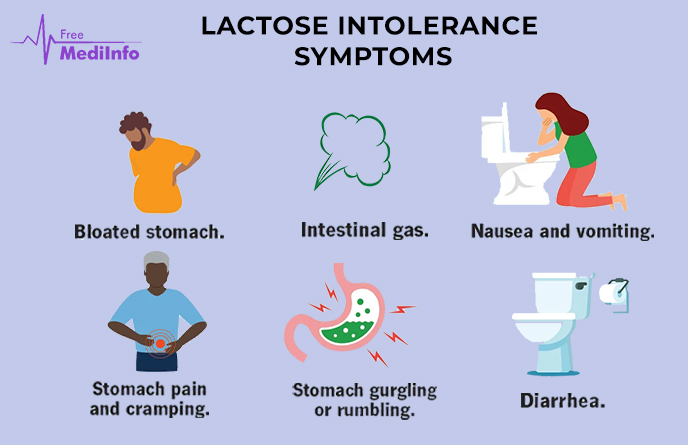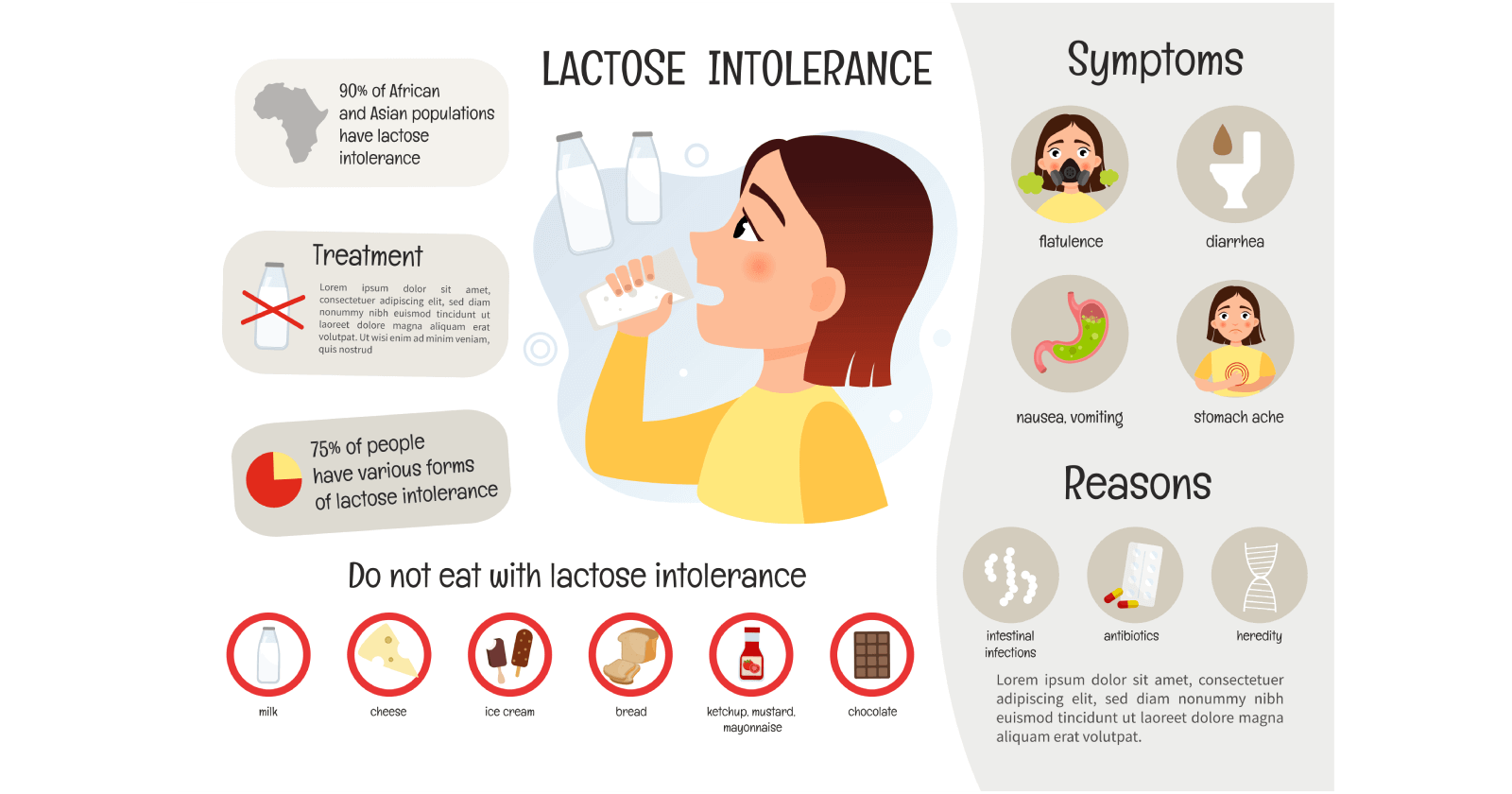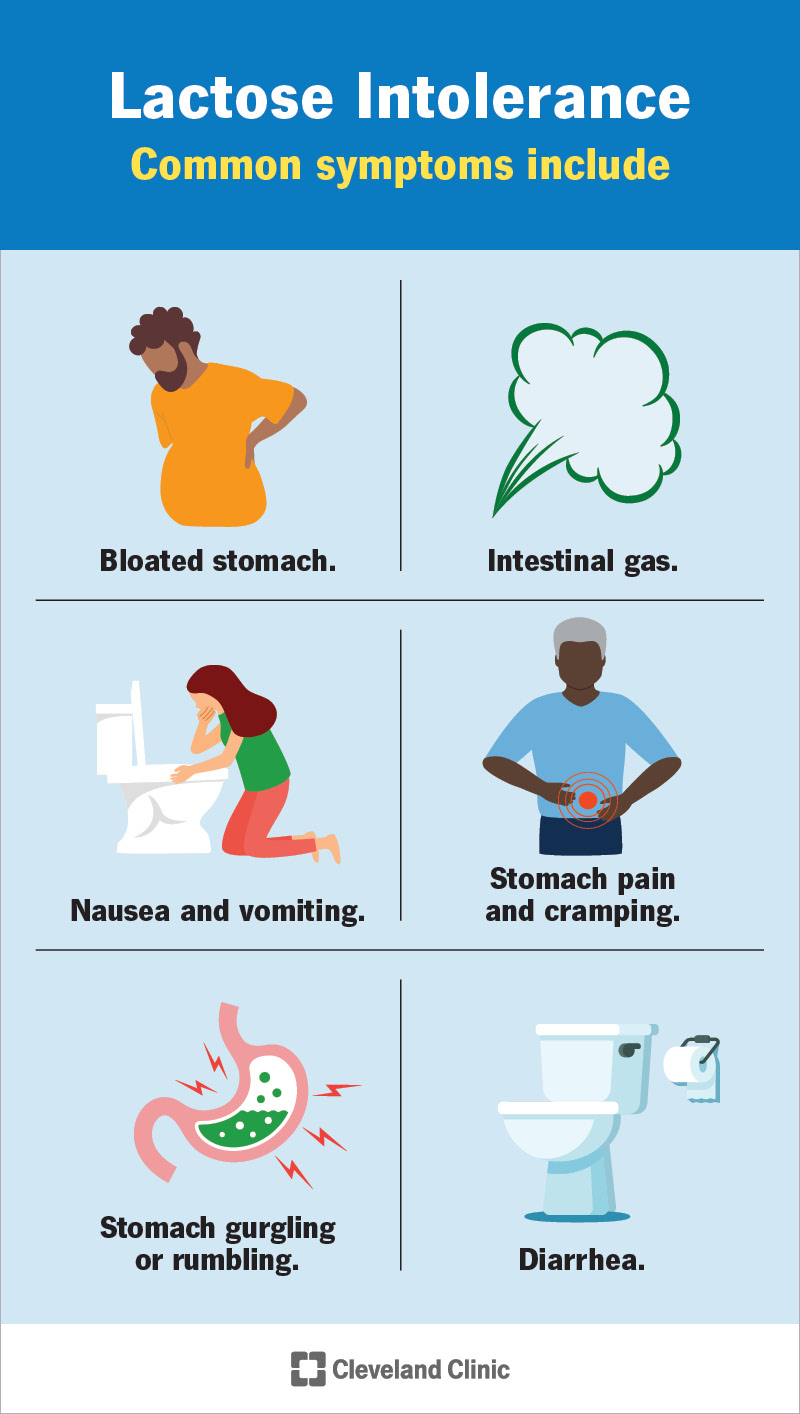Are you one of the approximately 70% of the world’s population who experiences lactose intolerance? Well, you’re definitely not alone. Lactose intolerance occurs when the body lacks the enzyme lactase to break down lactose, a double sugar made up of glucose and galactose. This article will delve into the causes, symptoms, and treatment of lactose intolerance, exploring the decrease in lactase production after infancy, the umbrella term that encompasses lactose intolerance, and the genetic variations that result in lactase persistence. It will also touch on the symptoms of lactose intolerance, the ability of lactase persistence individuals to consume dairy without symptoms, and the potential impact of maintaining a healthy gut microbiome on improving lactose intolerance. So if you’ve ever wondered about lactose intolerance and how it affects your body, keep on reading for all the essential information you need to know!
Causes
Decrease in lactase production
Lactose intolerance is primarily caused by a decrease in lactase production in the body. Lactase is an enzyme that is responsible for breaking down lactose, the sugar found in milk and other dairy products. In lactose intolerant individuals, the body produces less lactase, which leads to the inability to properly digest lactose. This decrease in lactase production can be triggered by a variety of factors, including genetics, age, and certain medical conditions.
Genetic variations in the mcm6 regulatory region
Another cause of lactose intolerance is genetic variations in the mcm6 regulatory region. This region, located near the lactase gene, plays a crucial role in regulating lactase production. Certain genetic variations in this region can result in reduced lactase production, leading to lactose intolerance. The prevalence of these genetic variations varies among different populations, with some groups being more prone to lactose intolerance due to their genetic makeup.
Symptoms
Lactose intolerance can cause a range of symptoms, which can vary in severity from person to person. These symptoms typically occur after consuming foods or drinks that contain lactose. Some of the most common symptoms of lactose intolerance include:
Bloating
Bloating is a common symptom experienced by individuals with lactose intolerance. It is characterized by a feeling of fullness or tightness in the abdomen, often accompanied by gas and discomfort. The body’s inability to properly digest lactose can lead to the fermentation of lactose by the gut bacteria, resulting in the production of gas and bloating.
Flatulence
Flatulence, or excessive gas production, is another common symptom associated with lactose intolerance. When lactose is not properly digested, it travels to the large intestine where it is fermented by bacteria. This fermentation process produces gas as a byproduct, which can lead to excessive flatulence in lactose intolerant individuals.
Diarrhea
Diarrhea is a common digestive symptom that can occur in individuals with lactose intolerance. The inability to digest lactose can result in an osmotic effect in the intestines, causing water to be drawn into the intestines and resulting in loose and watery stools. Diarrhea may be accompanied by abdominal cramps and urgency to use the restroom.
Abdominal pain
Abdominal pain is another symptom commonly experienced by individuals with lactose intolerance. The fermentation of lactose by gut bacteria can lead to the production of gases and other byproducts that can cause abdominal discomfort and pain. The severity and location of the pain can vary from person to person.
Nausea
Nausea is a less common symptom of lactose intolerance, but some individuals may experience it after consuming lactose-containing foods or drinks. It is believed to be caused by the body’s inability to properly digest lactose, which can lead to discomfort and an upset stomach. Nausea may be accompanied by other symptoms such as bloating, abdominal pain, and diarrhea.

Types of lactose intolerance
There are two main types of lactose intolerance: lactase non-persistence and lactose malabsorption.
Lactase non-persistence
Lactase non-persistence is the most common form of lactose intolerance. It occurs when the body gradually decreases its production of lactase after weaning off breast milk. This is a natural process that happens in most individuals as they age. The extent of lactase non-persistence can vary among different individuals and populations, with some individuals being able to tolerate small amounts of lactose while others may have a complete inability to digest lactose.
Lactose malabsorption
Lactose malabsorption, on the other hand, is a more severe form of lactose intolerance. It occurs when the body is unable to absorb lactose properly due to damage or dysfunction in the small intestine. This can be caused by certain medical conditions such as celiac disease, Crohn’s disease, or bacterial overgrowth in the small intestine. Lactose malabsorption may result in more severe symptoms and require stricter dietary restrictions.
Lactase persistence
While lactose intolerance is the norm for many populations worldwide, there are certain populations that have a higher prevalence of lactase persistence, meaning they continue to produce lactase into adulthood.
Prevalence in European populations
Lactase persistence is particularly prevalent in European populations. This is believed to be due to a genetic adaptation that occurred thousands of years ago in populations that relied heavily on dairy farming. These populations developed genetic variations that allowed them to produce lactase throughout their lives, enabling them to digest lactose without symptoms of intolerance.
Prevalence in Middle Eastern and Asian populations
In contrast, lactase persistence is less common in Middle Eastern and Asian populations. These populations have a higher prevalence of lactose intolerance due to genetic variations that reduce the production of lactase after weaning. The prevalence of lactose intolerance can vary among different populations within these regions, with some groups being more tolerant of lactose than others.

Lactose breakdown in the body
When lactose is consumed, the body relies on the enzyme lactase to break it down into its individual sugar components, glucose and galactose. This breakdown process occurs in the small intestine and is essential for the proper absorption of these sugars.
Enzyme lactase breaks down lactose
Lactase, produced by the cells lining the small intestine, is responsible for breaking down lactose into glucose and galactose. This enzyme acts as a catalyst, facilitating the chemical reaction that separates lactose into its sugar components. Without sufficient lactase production, lactose cannot be efficiently broken down and digested.
Glucose and galactose produced in the small intestine
Once lactose is broken down by lactase, the resulting glucose and galactose are absorbed by the cells lining the small intestine. These sugars are then transported into the bloodstream, where they can be utilized for energy or stored for later use. Without proper lactase activity, lactose remains undigested and is unable to be absorbed into the bloodstream.
Role of the small intestine
The small intestine plays a vital role in the digestion and absorption of nutrients, including lactose. Its inner surface is lined with finger-like projections called villi, which are covered in even smaller microscopic projections called microvilli. These structures greatly increase the surface area of the small intestine, allowing for more effective absorption of nutrients.
Nutrient absorption through villi and microvilli
Villi and microvilli are responsible for the absorption of nutrients, including glucose and galactose from the breakdown of lactose. These nutrients are transported across the epithelial cells lining the small intestine and into the bloodstream. The lining of the small intestine is also equipped with transport proteins that help facilitate the movement of nutrients from the intestine into the bloodstream.

Role of the large intestine
While the small intestine is primarily responsible for digestion and absorption, the large intestine also plays a role in lactose intolerance.
Water and electrolyte absorption
The large intestine is responsible for the absorption of water and electrolytes from the remaining undigested food that passes through the small intestine. In individuals with lactose intolerance, undigested lactose can reach the large intestine, where it is fermented by bacteria. This fermentation process can lead to increased water content in the large intestine, resulting in loose stools or diarrhea due to the osmotic effect.
Bacterial breakdown of lactose
The large intestine is home to a diverse population of bacteria, also known as the gut microbiota. In individuals with lactose intolerance, these bacteria can ferment undigested lactose, producing gases like hydrogen and methane as byproducts. This bacterial breakdown of lactose can contribute to symptoms such as bloating, flatulence, and abdominal pain.
Treatment options
While there is no cure for lactose intolerance, there are several treatment options available to manage symptoms and allow for limited consumption of lactose-containing foods or drinks.
Dietary changes
One of the most common approaches to managing lactose intolerance is through dietary changes. This involves avoiding or limiting the consumption of foods and drinks that contain lactose, such as milk, ice cream, cheese, and yogurt. Many lactose-free or lactose-reduced alternatives are also available on the market, allowing individuals to enjoy dairy products without experiencing symptoms.
Lactase supplements
Lactase supplements are another option for individuals with lactose intolerance. These supplements contain the lactase enzyme, which can be taken orally before consuming lactose-containing foods or drinks. The lactase enzyme helps to break down lactose in the digestive system, allowing for better digestion and reducing the risk of symptoms.
Probiotics
Probiotics, which are live bacteria and yeasts that are beneficial to the digestive system, have also been studied as a potential treatment option for lactose intolerance. Certain strains of probiotics have been shown to improve lactose digestion and reduce symptoms in some individuals. However, more research is needed to fully understand the effectiveness and optimal use of probiotics for lactose intolerance.

Lactase non-persistent individuals
Individuals with lactase non-persistence, the most common type of lactose intolerance, can often tolerate small amounts of lactose without experiencing symptoms. The tolerance level varies among individuals, but it is generally recommended that lactase non-persistent individuals limit their intake to no more than 1 cup of milk per day. This allows for some lactose intake while minimizing the risk of symptoms.
Conclusion
Lactose intolerance is a common digestive condition characterized by the body’s inability to properly digest lactose, the sugar found in milk and other dairy products. It can be caused by a decrease in lactase production or genetic variations in the mcm6 regulatory region. The condition can lead to a range of symptoms, including bloating, flatulence, diarrhea, abdominal pain, and nausea. Treatment options include dietary changes, lactase supplements, and probiotics. Further research is needed to better understand gut health and lactose intolerance, as well as to develop more effective treatments for managing the condition.

